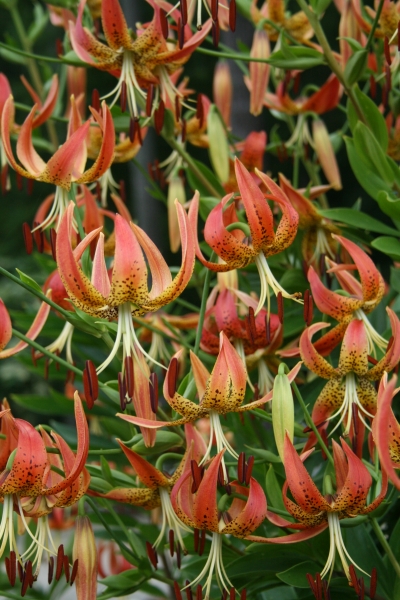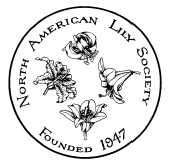Johnny Randall

Johnny Randall is the Director of Conservation Programs at the North Carolina Botanical Garden and adjunct faculty in the UNC-Chapel Hill Curriculum for the Environment and Ecology.
Johnny is from Charlotte and received his bachelor’s degree in biology from UNC-Charlotte in 1980 (where he also worked as a gardener in the UNCC Botanic Gardens). He then attended VA Tech for graduate school where he received both a masters and Ph.D. in botany/plant ecology finishing in 1988. Johnny served as biology faculty at UNC-Greensboro and at the University of North Florida for a total of 10 years before coming to the North Carolina Botanical Garden in 1998.
His primary responsibilities at the NC Botanical Garden are to oversee the conservation and management of approximately 1,200 acres of natural areas, administer the Garden’s conservation seed programs, and direct rare plant recovery projects. Johnny also does research on rare plant reintroductions and habitat restoration/rehabilitation. He is a member of the NC Plant Conservation Program Scientific Committee, board member and past president of the NC Invasive Plant Council, member of the NC Pesticide Board advisory committee, and sits on several other conservation boards and committees.
Johnny Randall's Presentation; Sandhills lily (Lilium pyrophilum): Runs, hits, and errors in rare plant recovery. For nearly 90 years the Sandhills lily (Lilium pyrophilum) masqueraded as the Carolina lily (L. michauxii), Turk’s-cap lily (L. superbum), and even the Panhandle lily (L. iridollae) until formal recognition in 2002. This narrow endemic is known from the Sandhills region of NC, SC, and the Outer Coastal Plain of VA. Most populations contain fewer than 10 individuals, it is considered globally imperiled (G2), and is state-listed as Endangered in NC. We collected approximately 1,500 seeds for ex situ seed bank storage, seed plot establishment, and seedling propagation. We planted and marked for demographic monitoring 700 seeds, 105 bulb scales, and 695 seedlings across several years in order to augment existing populations. Of the 700 seeds planted in situ in 2008, 51 seeds (~ 7%) germinated by 2010. We continued to find new individuals, as well as individuals marked in previous years through 2015. Of the 105 bulb scales planted, 17 produced single leaves the following summer but none survived past the first year (as far as we know). One year post planting, five bulbs were excavated and four of the five had put on substantial growth, approximately doubling the bulb size and producing new scales. To date there is a greater success with bulb plantings than with seeds, but because of year to year vegetative dormancy, overall reintroduction success is inconclusive at this time. Reintroduction does appear, however, to be a viable conservation tool for the recovery of Sandhills lily.




